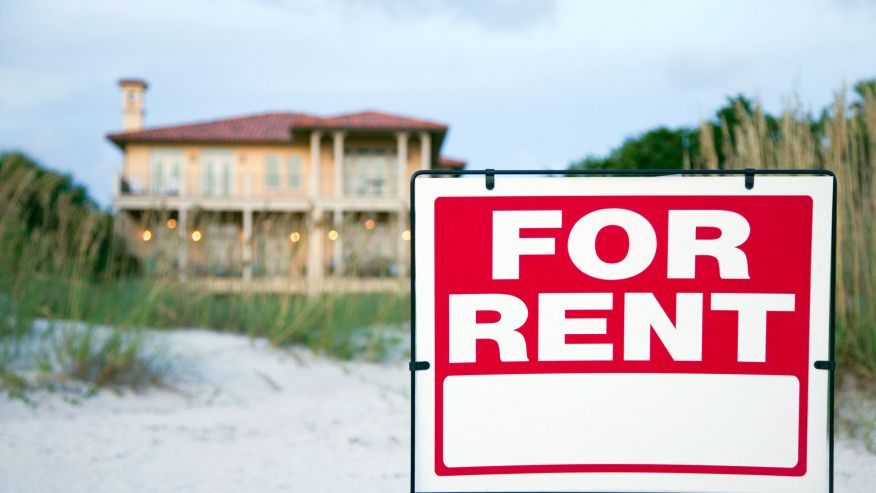
Real Estate IQ: What Is Cap Rate And Why It’s So Important To Know
Investing in real estate, you need to know just one term: Cap rate, or capitalization rate. The ratio of a property’s net income to its purchase price. It’s an essential number for gauging a property’s rental income potential. Many newbie real estate investors, for instance, assume that as long as their renters are paying more than their mortgage on the property, they’re golden. But that’s not the case. You also have to factor in your investment dollars, taxes, and other variables. That’s what cap rate does in one fell swoop.
“Cap rate is both a measure that tells you how much you are earning on the investment and a proxy for determining the risk of an investment,” says Bruce Ailon, a Realtor and attorney in Alpharetta, GA.
Keep your calculators handy, guys: Determining the cap rate will involve a bit of math. We break it down into bite-size pieces:
Step 1: Calculate the property’s annual rent
If the property is currently leased, these numbers will be easily available. If you’re hoping to turn an owner-occupied home into a rental, look at rental listings on Craigslist or realtor.com to see rents for similar properties in the same neighborhood.
Let’s say you’re buying a two-family townhouse and can lease each side for $1,000 a month, or $12,000 per unit per year. That means that every year, at full occupancy, you can expect to receive $24,000 in gross rental income.
Step 2: Subtract your annual expenses
Rental homes require maintenance, management, insurance, and utilities. There’s also the cost of vacancy, estimated at around 7% and representing the amount of time your unit is unoccupied and not producing income. (It’s important to note that your mortgage payments and other purchasing costs are not included in these expenses.)
Add up the property’s yearly expenses and subtract this sum from your rental income. For our two-family townhouse, you might pay $500 for property management, $650 for taxes, $400 in maintenance, $300 in insurance, and $1,680 in vacancy losses. That adds up to $3,530. Subtract that from $24,000 and you’ve got a net income of $20,470.
Step 3: Divide net income by the purchase price
Now, take your net income and divide it by the property’s purchase price. So if we purchased the two-family townhouse for $250,000, we’d divide $20,470 by $250,000. The result: 0.081. This translates to a cap rate of 8.1%, which is the expected annual return on your investment.
As one might expect, the higher the cap rate, the better. For most investors, 4% is the bare minimum they’ll consider for a rental property. Any less, and an unforeseen circumstance (e.g., a long period without tenants or an HVAC problem that leaves the home uninhabitable for six months) could quickly put you in the red.
Comparing different cap rates in the neighborhood where you would like to invest is an excellent way to determine which properties will make you a nifty profit, or not so much. If another duplex had a cap rate of 9.8%, it would probably be a better deal.
While you might think a high cap rate is a great indicator of success, Ailon has some caveats for properties with cap rates greater than 12%.
“There is a greater risk of not getting the return you expect, and perhaps not getting your investment back,” he says. So try to stick within that 4% to 12% cap rate window if you want to play it safe, and when in doubt, be sure to consult your Realtor with any questions.
via Fox News

No Comments